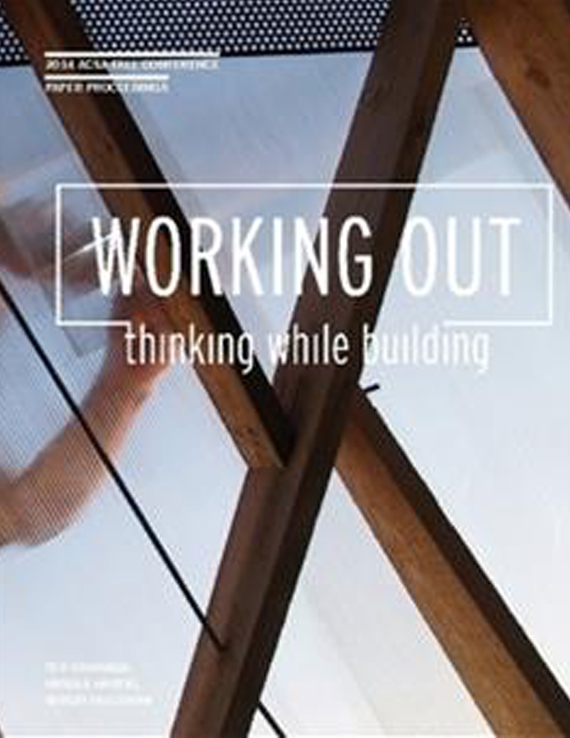Author(s): Keith Zawistowski & Marie Zawistowski
Though much of architectural education revolves around theoretical concepts necessary to the development of creative sensibilities, a key curricular component in 5-year undergraduate professional degree programs is the obligation to prepare students for the practice of Architecture. In this context, design/build is a strategy to balance theoretical underpinning with technical aptitude.Reality Check is a comprehensive case study of a 2-semester studio integrated with required peripheral courses such as Structures, Systems, and Professional Practice. It focuses on the development and implementation of a single internationally acclaimed project in which students collaborated with community leaders and industry experts to identify needs, develop concepts, and propose solutions to real-world problems. The goal of the project was to teach students the skills necessary to confront the design and realization of architecture projects, with a consciousness for social and environmental issues. It removed the abstraction, engaged students’ initiative and encouraged them to ask fundamental questions about the nature of practice and the role of the architect.This case study will examine the pros and cons of public versus private project selection, the size and duration of the design/build studio, the situation of design/build within architecture curricula, the balances of student leadership and faculty guidance, the equilibriums of project scale and technical complexity, and the nuances of independent student development and evaluation within a collaborative, consensus-based pedagogical setting. A Reality Check is not a faculty-led research initiative with student assistants, a practical internship with professional mentors or a professional apprenticeship with studio masters, nor does it profess an accepted understanding or a common way of doing. Rather, it is a learning environment where projects are led by students and faculty are simply advisors who bring resources to the discussion and refocus or encourage as needed.Only through experiencing the process of making architecture in its entirety can we give students the competence and confidence to design the future of their discipline.
Volume Editors
Sergio Palleroni, Ted Cavanagh & Ursula Hartig
ISBN
978-0-935502-94-7

 Study Architecture
Study Architecture  ProPEL
ProPEL 
